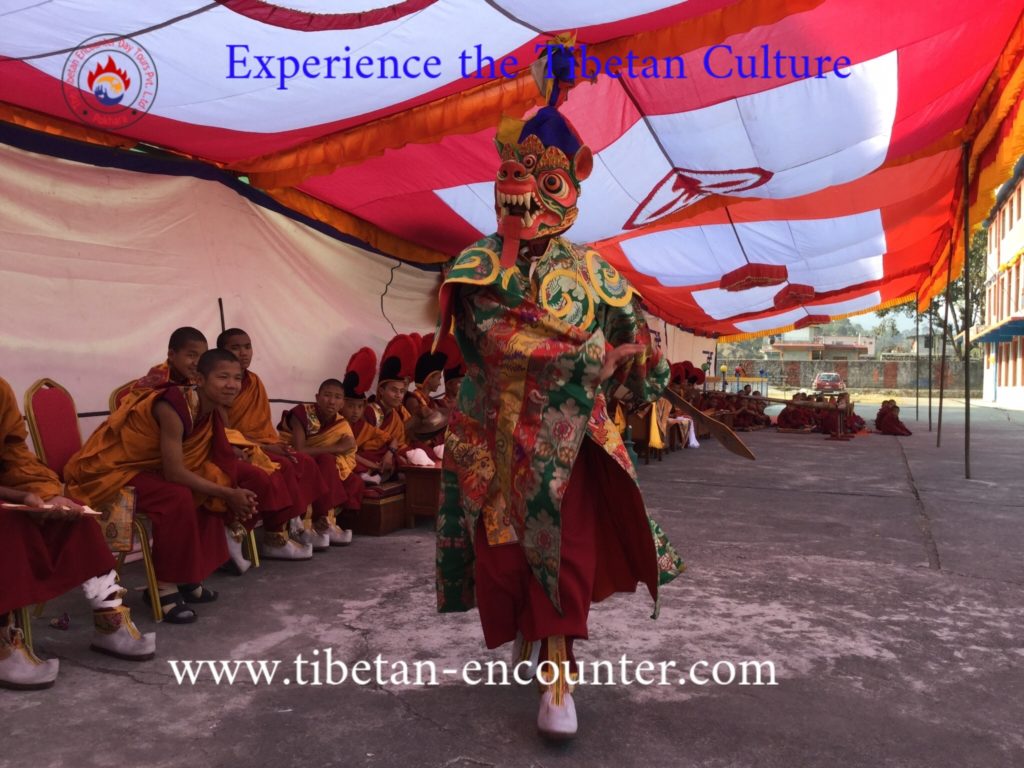 An introduction to Tibetan Opera
An introduction to Tibetan Opera
Tibetan Opera or Ace Lhamo (Sister Fairies) in Tibetan is an ancient art form that boasts a history of over 600 years. Some historians trace its roots further back to Tibet’s pre-Buddhist era, when Bon was the main religion, thus making Tibetan Opera one of the oldest forms of theatre in the world.
One of the most cited theories about the origin of Tibetan Opera involves a legend about a 14th century monk named Thang Tong Gyalpo. According to the story, Thang Tong Gyalpo, who was born in Shigatse county in Tibet, embarked on a fund-raising campaign in order to build a host of bridges across the country after seeing that many people were not able to reach their destinations due to their inability to cross rivers.
In an attempt to grab passers-by’s attention and to encourage people to donate, Thang Tong Gyalpo began to put on elaborate performances combining music, dance, drama and storytelling with the help of a dance troupe. The troupe included seven sisters from Lhoka county who would put on performances dressed in elaborate costumes and decked in beautiful ornaments. The performances were based on plays compiled by Padmasambhava. The monk himself provided the music, playing cymbals and drums, while the women danced. Spectators awed by the dancers’ beauty and grace began calling them Lhamo (fairies).
The stories told in Tibetan Opera are rooted in Buddhist teachings and generally recount the triumph of good over evil. An integral part of the Tibetan culture, the opera is still performed today by troupes in Nepal, India and Tibet and remains a popular cultural attraction. While some elements of the opera have been updated with time (such as addition of makeup and stage lights), the structure and essence of Tibetan Opera still remains close to the original.
Performances are usually divided into three parts beginning with a purification ritual followed by a narrator introducing the story and the characters through a rapid chanting of a set of verses. The second part is the opera itself where actors take to the stage and perform the segment.
This same process is repeated with each new segment. The final part features a blessing ceremony, and this is the stage where members of the troupe go around the audience passing a scarf to collect donations.
The music for Tibetan Opera traditionally consisted of drums and cymbals. Today performances can also include an orchestra. Costumes range from simple, plain clothes to elaborate, silk dresses depending on the persona the actor is portraying. One of the main highlights of the Tibetan Opera remains the masks which illustrate the rank of the persona wearing the mask. A red mask represents a king; a green, the queen, and a yellow mask represents lamas and deities.
While traditionally the operas were performed in public squares, today performances are held indoors as well on stages. The stage format can be either traditional or modern. Various accounts show that by the turn of the 19th century, there were several troupes throughout Tibet, with each major district having a permanent troupe performing for the local community at various formal occasions. Some notable troupes include Tashi Shoepa, Chongye Phundun, Shangpa, and Chungoa. Tibetan Opera is performed during important festival such as the New Year and the Shoton Festival.
